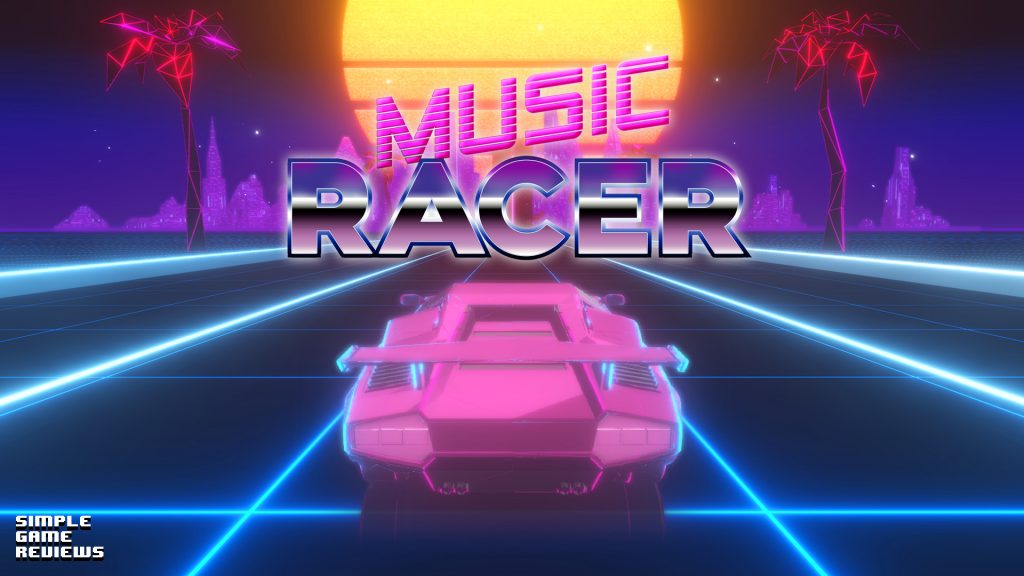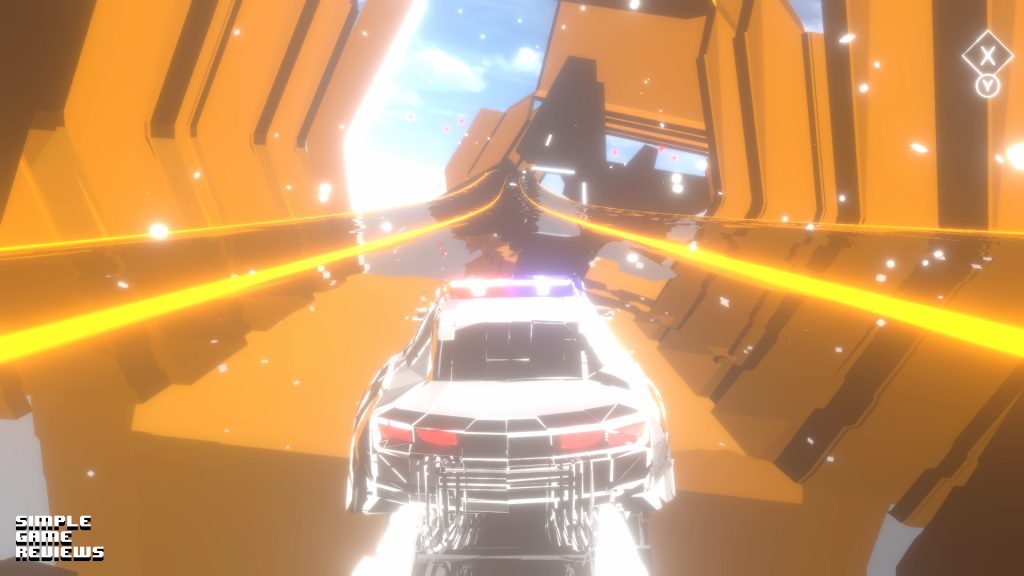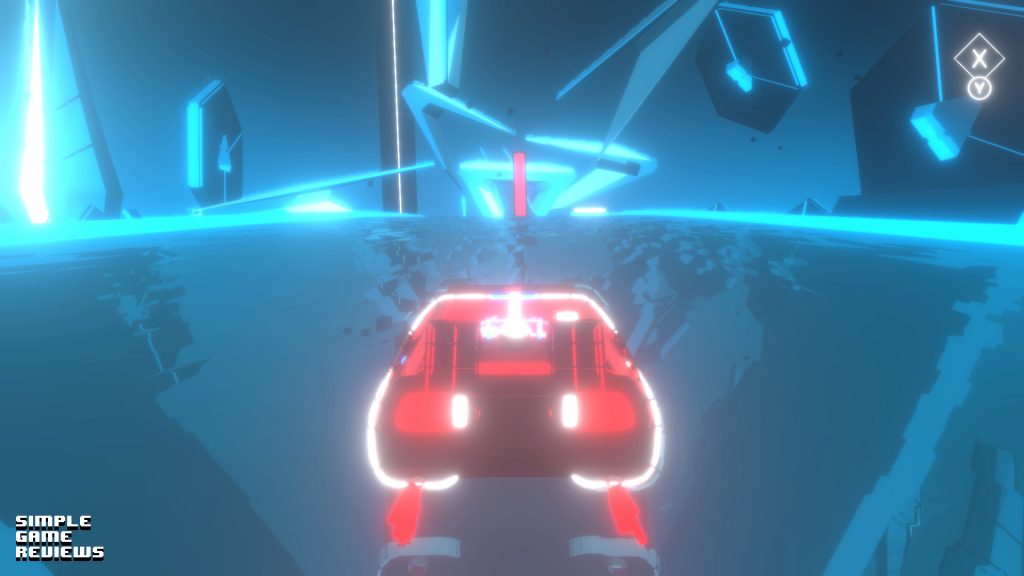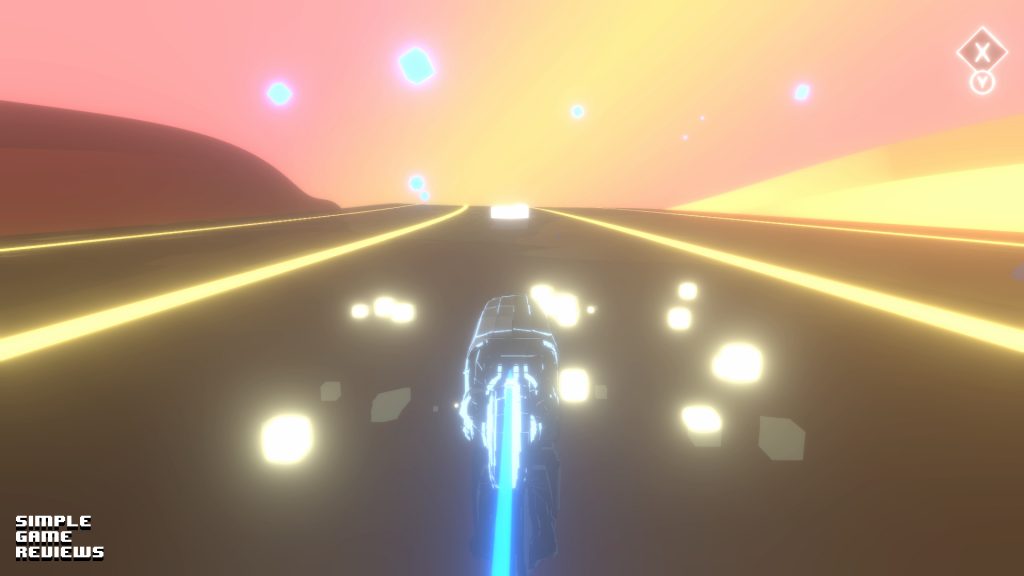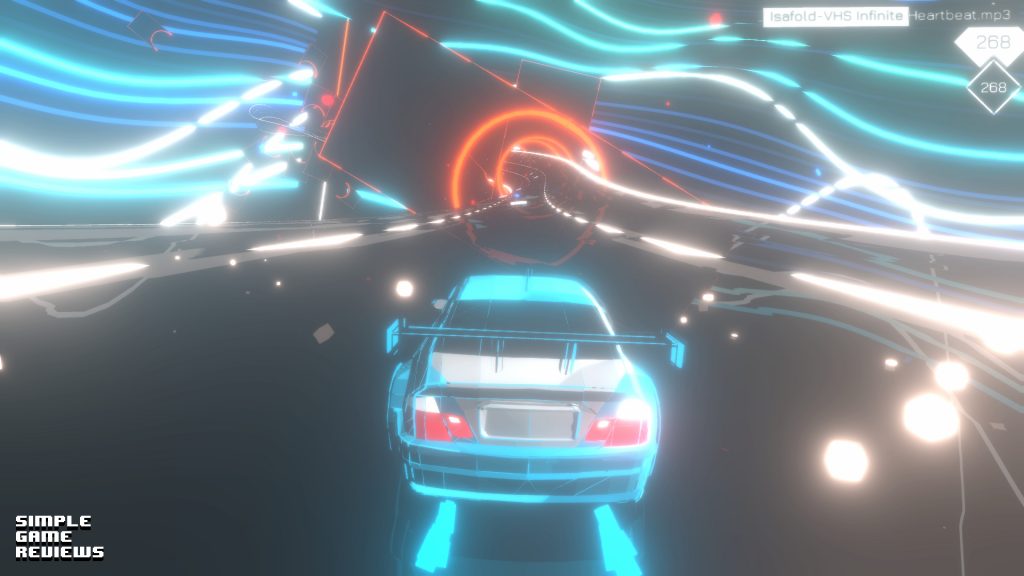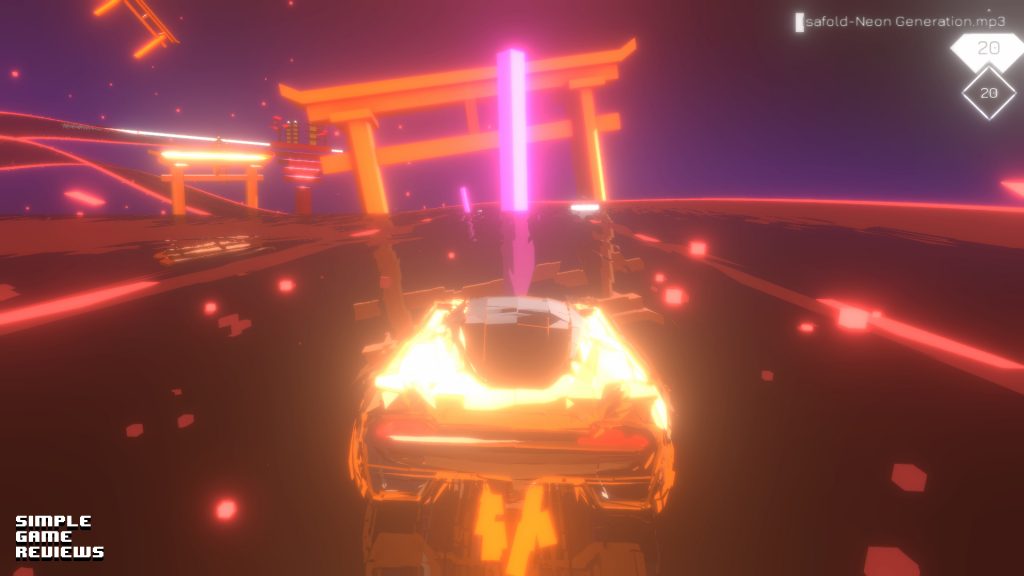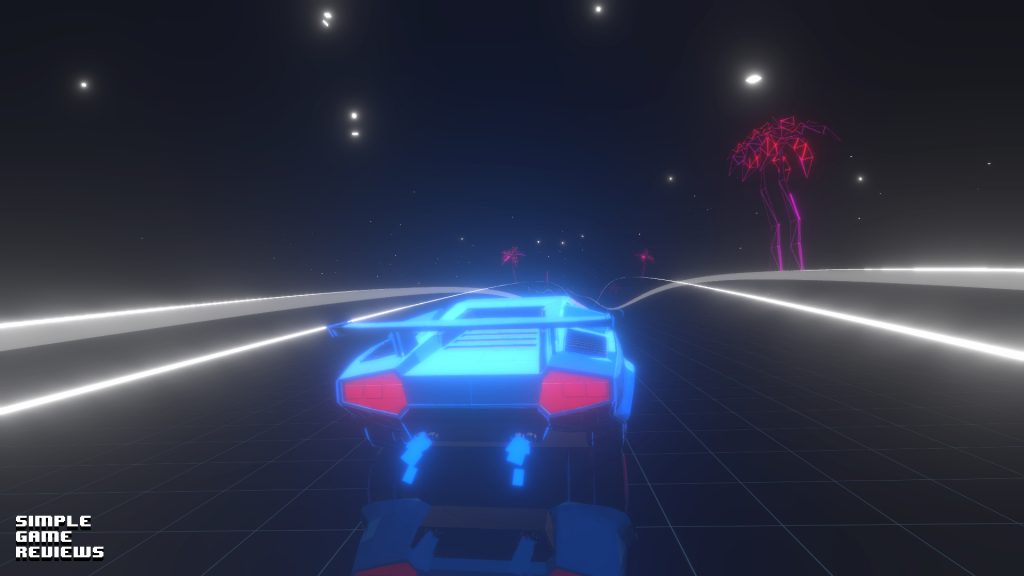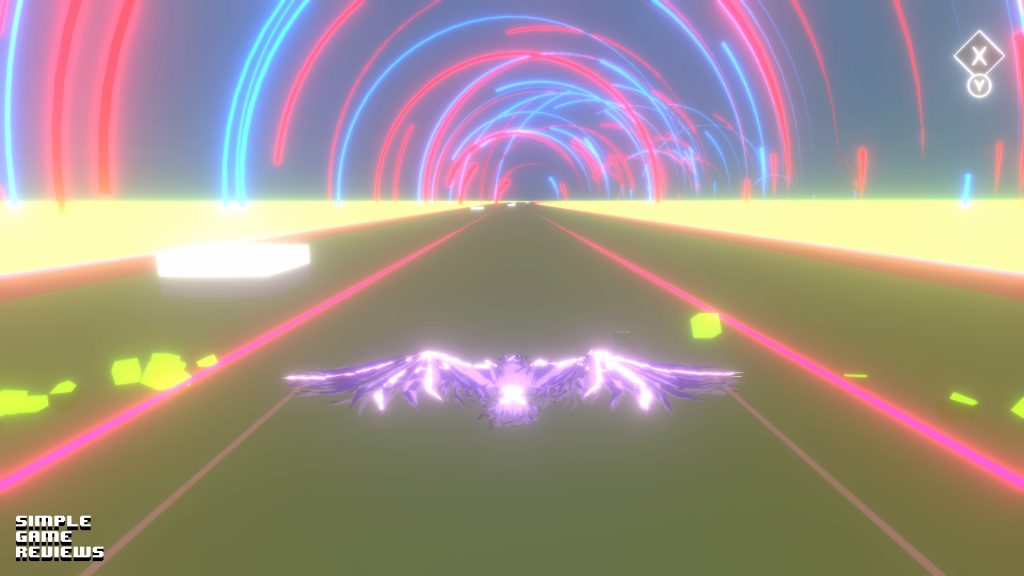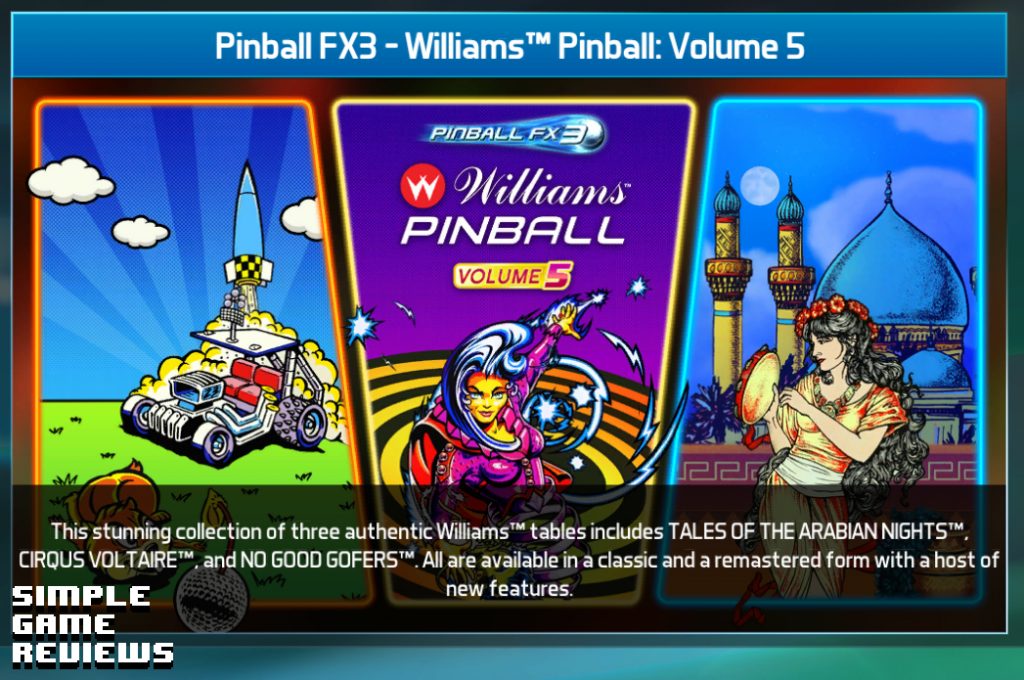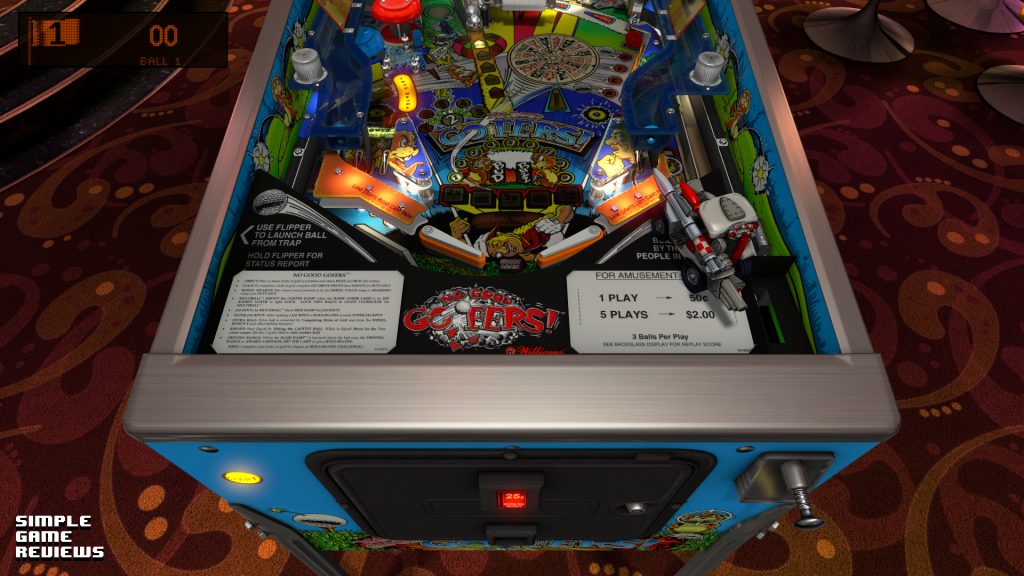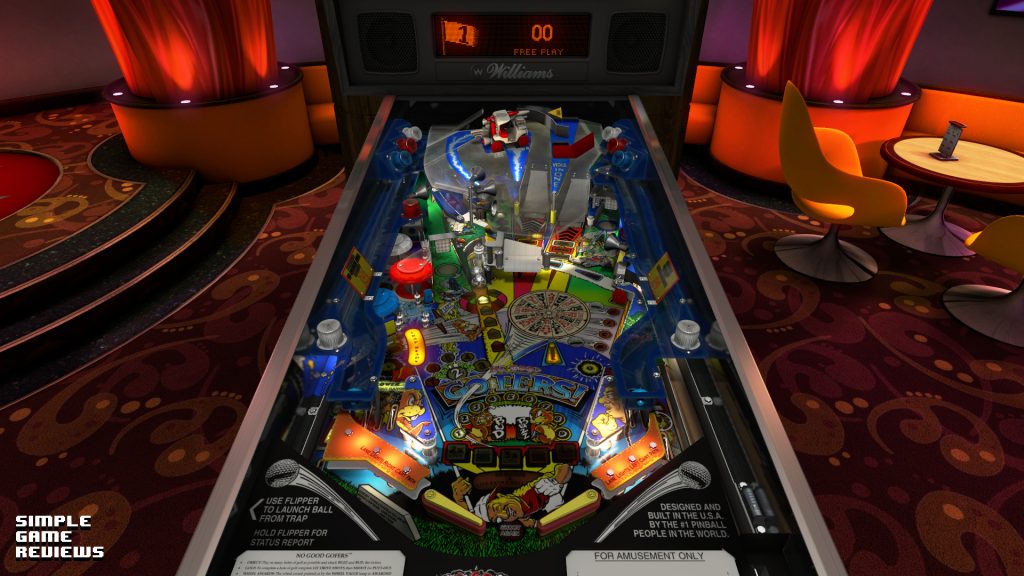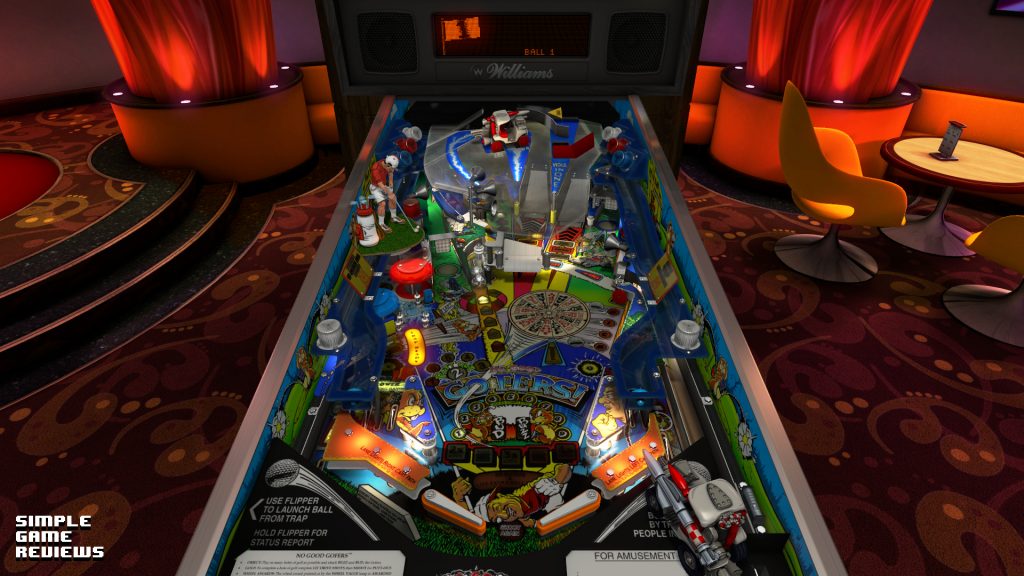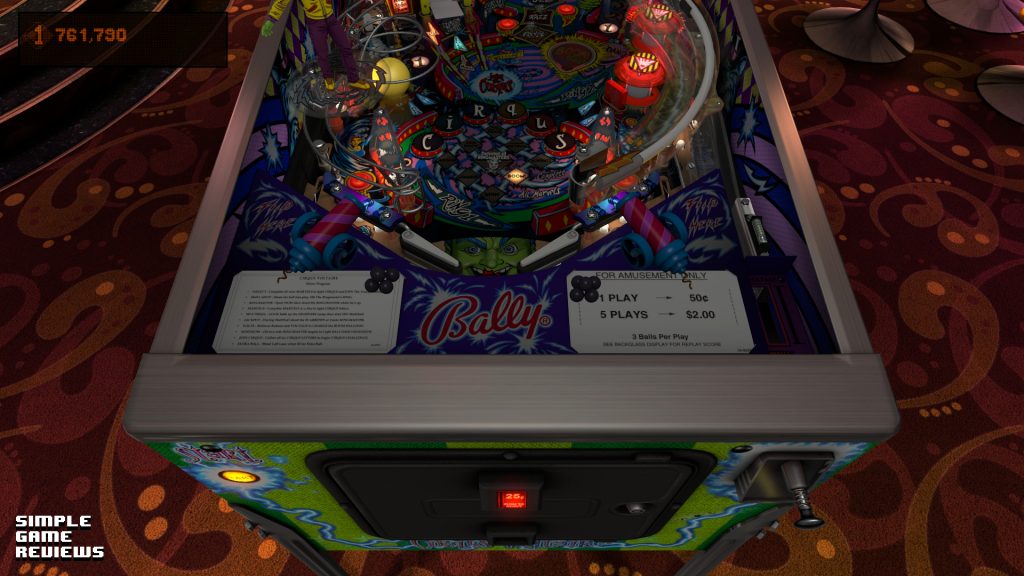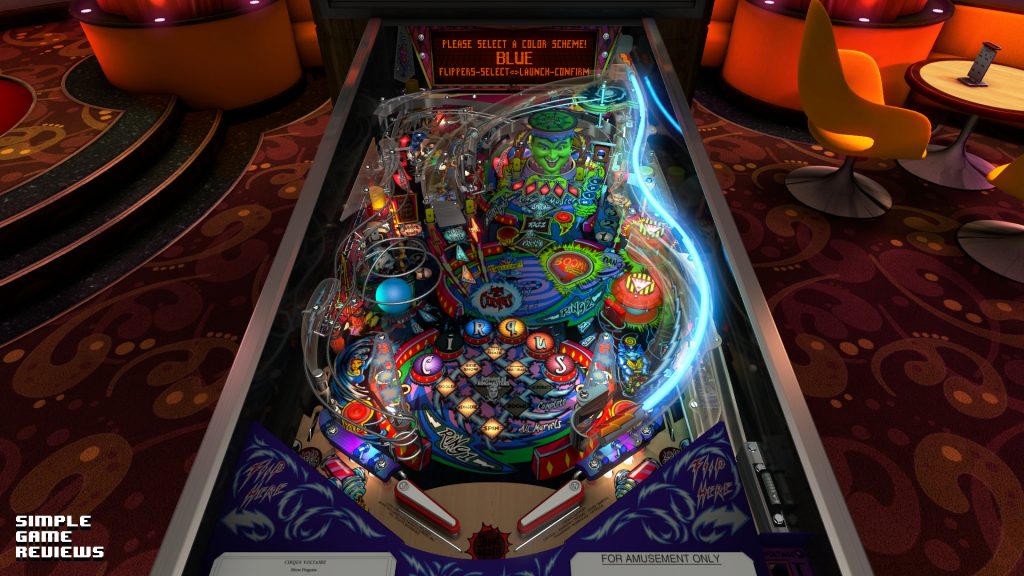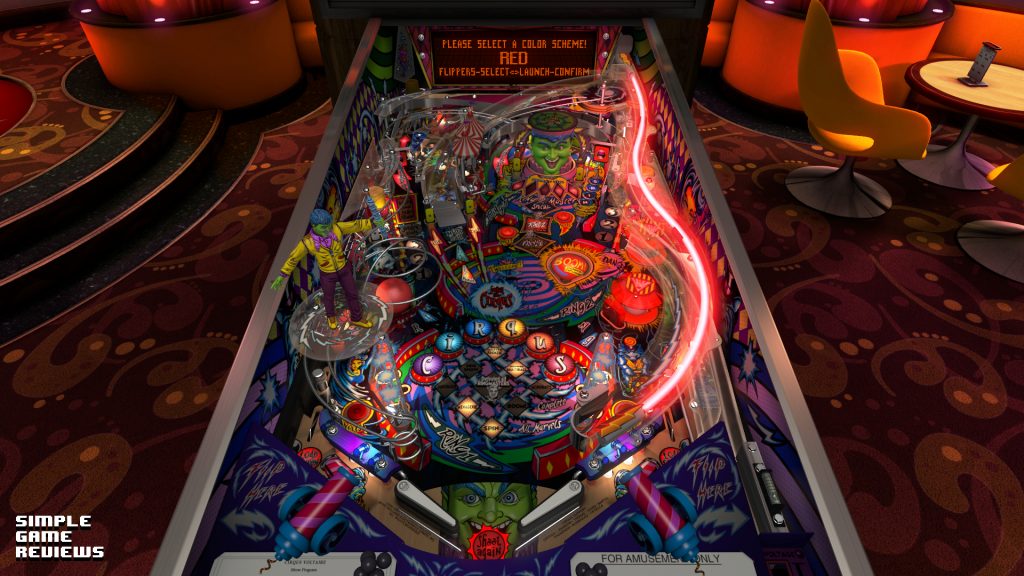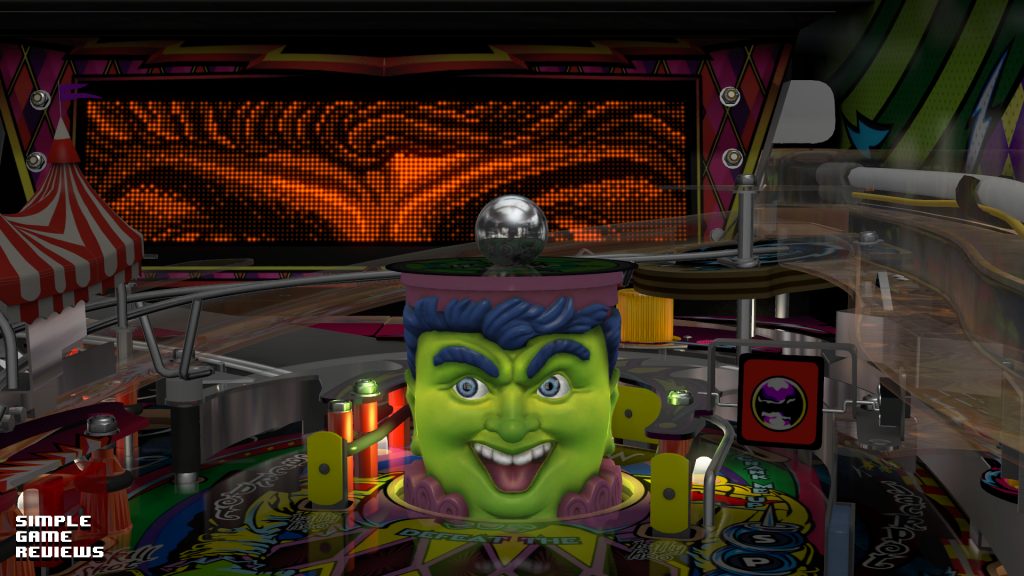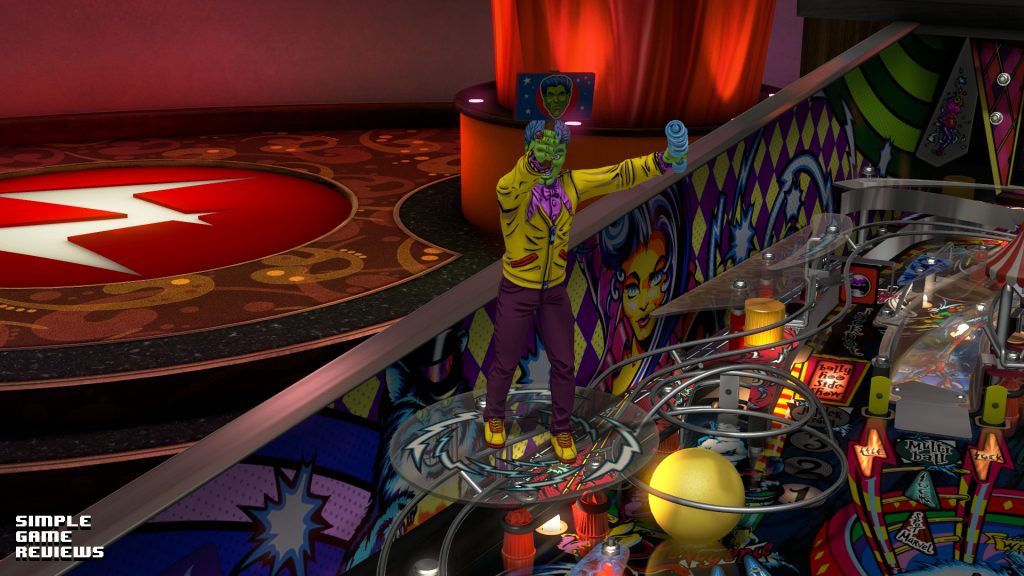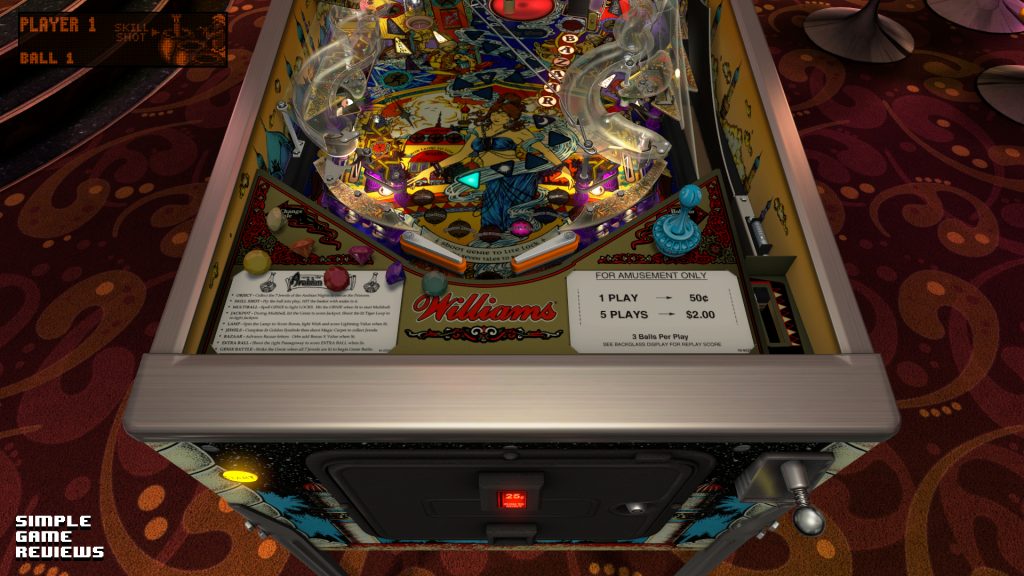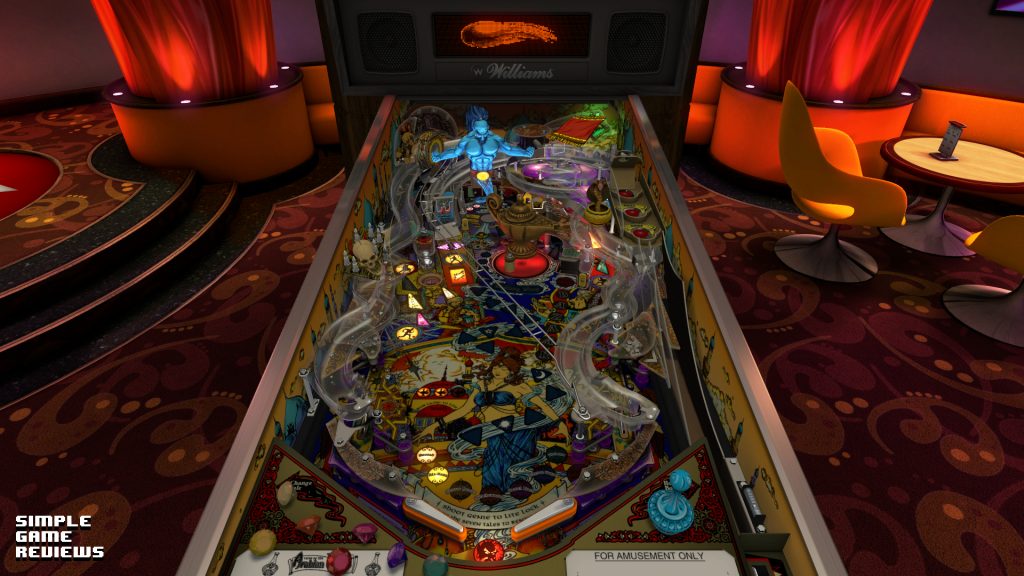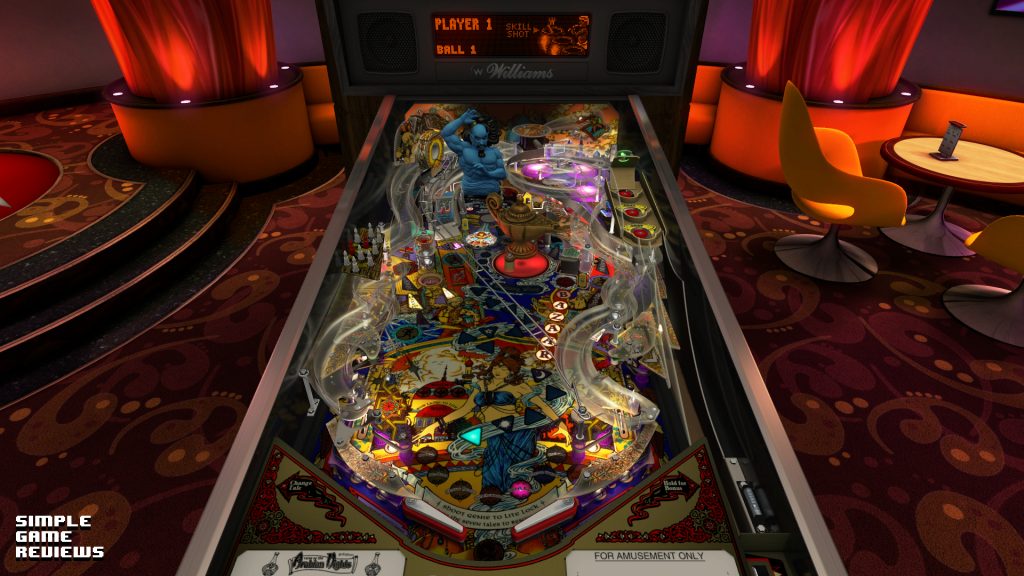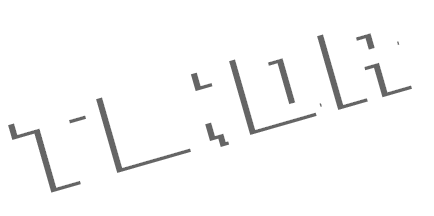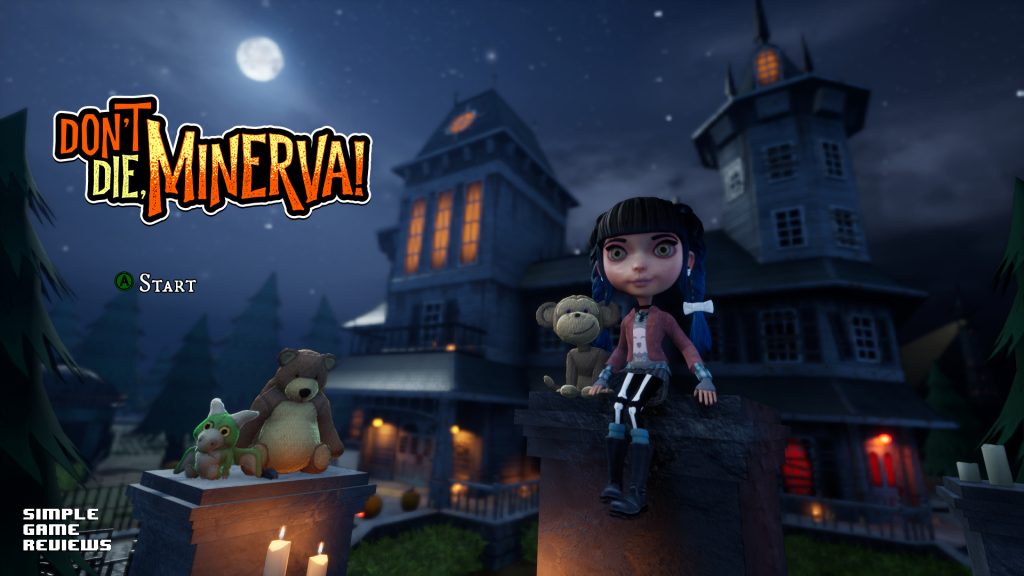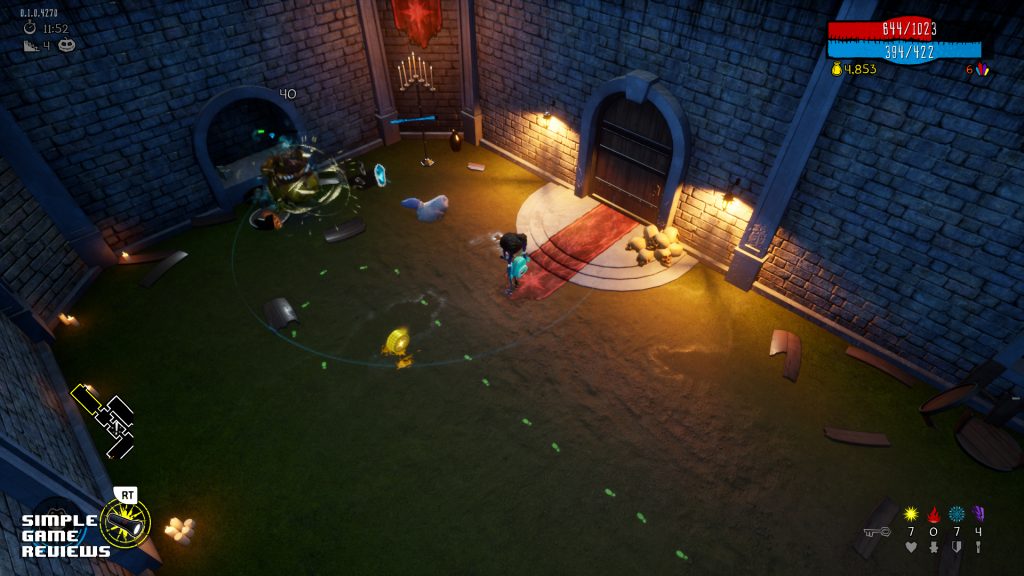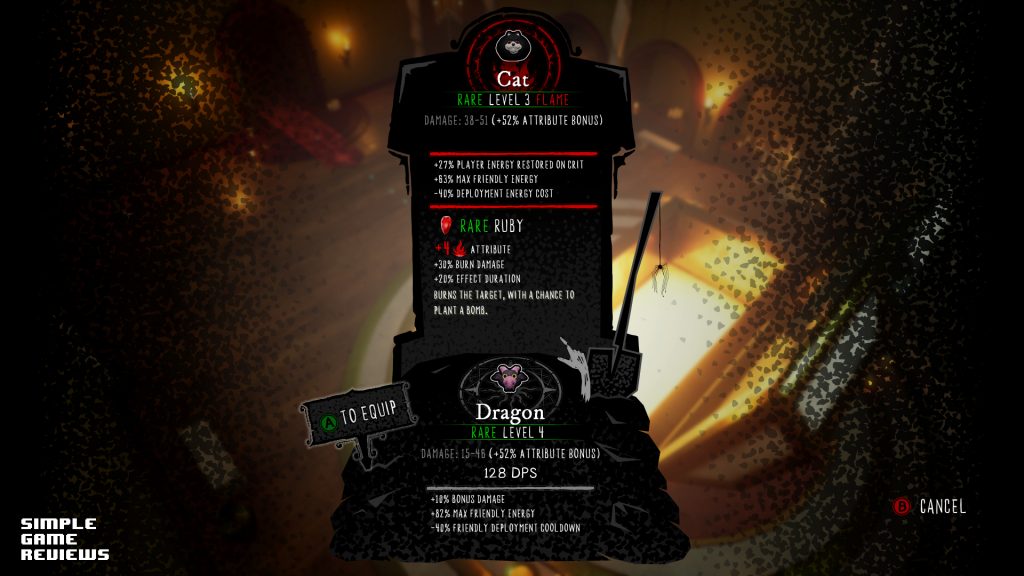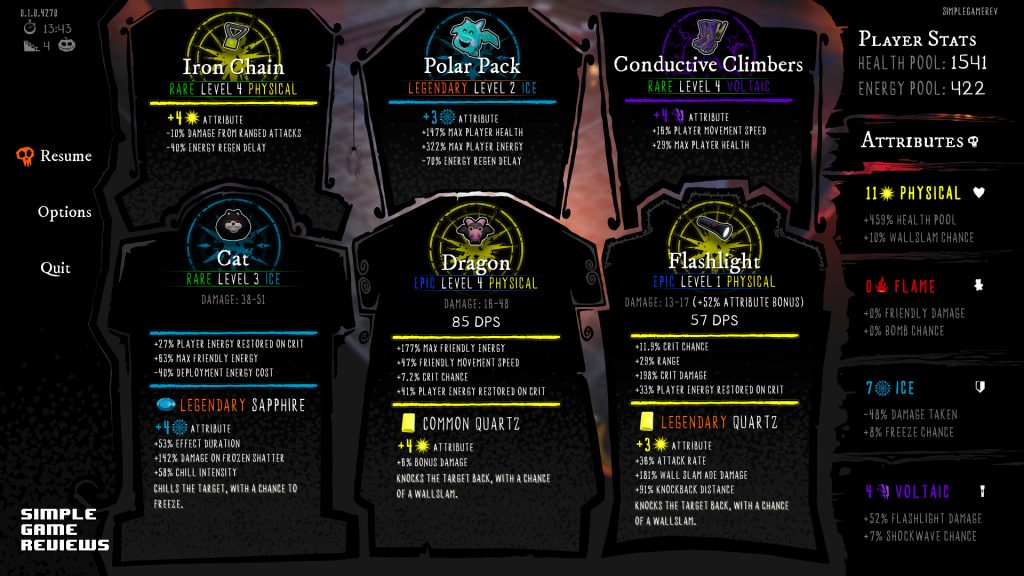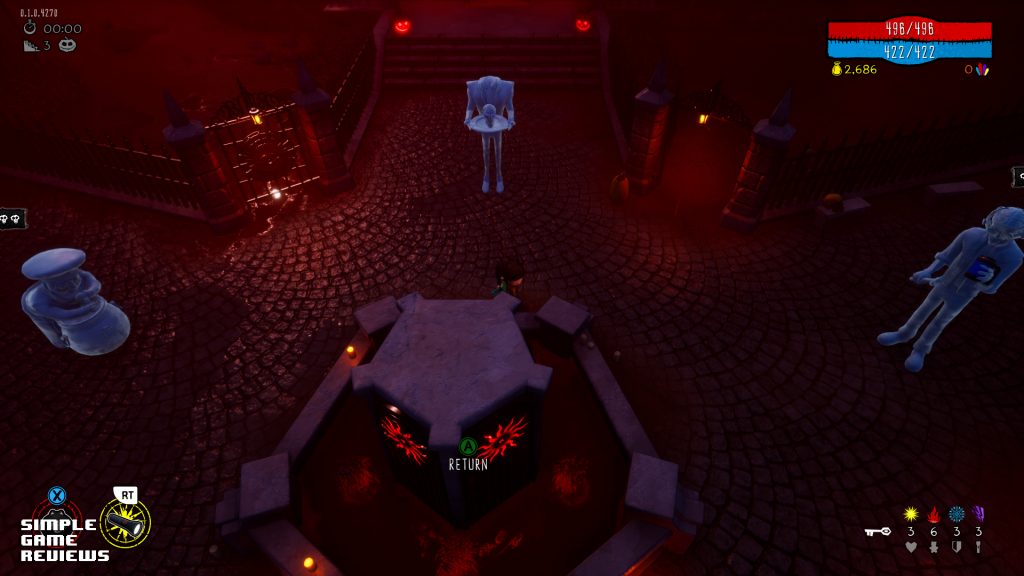Our Interview with Catalin Marcu from GrimTalin
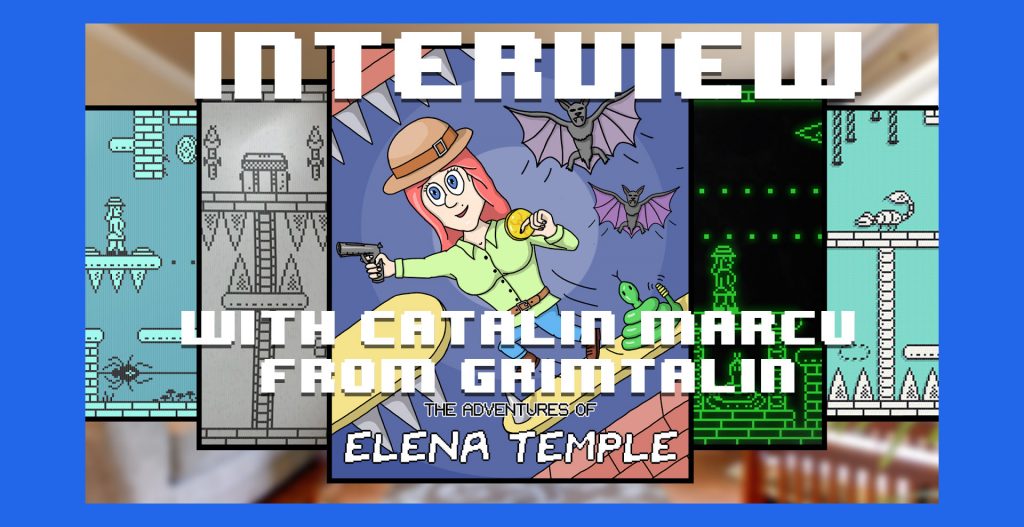
SGR: Tell us a bit about yourself. Who are you, what do you do at GrimTalin?
CM: I’m a solo indie developer, so I kind of am GrimTalin. I do almost everything I can, design, code, art, sounds, marketing, sales, and so on. When I need something that is outside my skills range, especially on the art and audio side, I usually license assets. In the future I’ll likely work with some freelancers on specific things, like music and cover art.
Getting back to more about me, I’m 35 years old, husband, father of two little boys. I’ve been in this industry for about 13 years and I started my indie adventure two and a half years ago.
SGR: Where did you come up with the name GrimTalin?
CM: It’s actually my gamer name. When I was thinking how to name my company, which I knew it was going to be only me for a long while, I figured might as well use my alias, since the company would be me and I’d be the company. Talin is short for Catalin, my name. And GrimTalin because I tend to be a bit dark, sometimes grumpy. At least I was when I was younger. Now I’m a bit more relaxed until I’m not and I start stressing out about everything.
I’ve always thought of my “business” as something small, where I make games from my heart. I don’t have dreams of growing it into a big team. I’ll collaborate, but I want the games I make to come mainly from my heart, my experiences. I guess I’m a bit self absorbed. But I like personal things and sometimes in bigger teams that personal stuff tends to be lost.
For example Elena Temple would never have come to life in a team, because nobody would think it’s a good idea. :))
SGR: Working in the Gaming Industry for 13 years how many titles have you worked on? And what did you do for the other games? (art, coding, game, or level design)
CM: I honestly lost count. I’ve worked for 10 years in a mobile games company and we made a lot of games. Definitely in the tens. I started out as a programmer, then I added game designer, then producer (project manager).
Our biggest commercial success was Frozen Free Fall, made in collaboration with Disney. I was the producer, lead game designer, and one of the coders for that game.
After the company shut down, I took a few months break, then started working on Elena Temple.
A bit of extra insight regarding my tendency to work mostly alone. We were working on a indie-like game before the company shut down. I was helming it, it was very personal, a narrative driven first person game about love and loss. And then it ended up lost, so I decided that for as long as I could, I’d make games where I would be in control of everything, where I wouldn’t put my heart into something only to see it go away for various reasons.
SGR: I can see why you chose to be a team of 1 and will contact others if/when needed.
CM: Yeah, I guess it’s mainly like a scar rather than arrogance. 🙂
SGR: What was the Inspiration for the game? and the name?
CM: I always remember fondly the old games I played as a child. I remember how fascinated I was with some of the early ones I tried, even if their visuals were very simple. So I wanted to try to recreate that feeling, where the fun you had with a game was primarily from its gameplay, not the visuals, not the story. You played because it was fun. And I wanted to recreate that vibe that those early games had. Plus I had to make something with my limited skills in making pixel art, so there’s also that. I guess I always wanted to be a part of that early generation of game makers, but was born too late and on the wrong side of the world, so this was as close as I could get to that. It’s just my love letter to those early days of gaming. She’s named Elena because that’s my wife’s name. I also wanted something that sounded kind of like Lara Croft, so I decided on Elena Temple.
SGR: You did a really good job recreating the feeling. I know I spent about 20 minutes each time I played it going back and forth changing the look.
CM: Thank you!
SGR: What influenced your choice of Music / Art style for the game?
CM: Since I wanted that old school feel for the game, pixel art and 8-bit music was mandatory. The reason why I went with black and white pixel art is that I always had so much respect for the visuals in games like Prince of Persia and Dark Castle on the Macintosh and GameBoy games in general. Some of those games looked so awesome. Now I don’t have the skills to make something as beautiful, but I tried to recreate that feel.
SGR: What are your Favorite moments from the game? (As the Creator and as a Player)
CM: The “boss” room in the original dungeon, Chalice of the Gods. The snake puzzle in a lower room, where you need to figure out that you have to shoot the snake, but first you must open a gap through which to shoot it. Finding a secret room, with that specific music.
In the second dungeon, The Golden Spider, using that platform with two buttons on it to navigate through arrows shooting from the ceiling. And the rearranging of the room past the coins guardian.
And in the third dungeon, The Orb of Life, coming back to this chest that you can see early on but can’t access it. Also getting chased by ghosts.
I guess those count on both sides, Creator and Player. If I had to choose one as the creator, it’d be the boss room. It’s really hard, but I had fun making it and balancing it. It really tests all the skills you acquired up until then.
Also as the creator I loved adding more vegetation to the third dungeon, making the rooms more dense and better looking – at least in my eyes, not sure if anyone else would describe them so. :))
SGR: Are there any Easter eggs in the game? Are there any Easter Eggs that have not been discovered yet?
CM: Yes, there are 5 Easter eggs in the Definitive Edition, one of which is a secret game modifier. A too powerful one actually, but I wanted everyone to be able to experience the game how they see fit. And if you find the game too difficult, you can just search for help online and you’ll surely see guides on how to get the modifiers easily and then you can adjust the game to your liking. You can make it silly easy or crazy hard. For example you can have Limited Lives with no Campfires, so no respawning at a checkpoint if you lose all lives – that means that when you lose all lives you lose all progress and start from scratch. I don’t know if anyone will play like that, but it’s there. There’s also kind of a souls-like approach if you want, with Campfires on but no Limited Lives. That means that when you get hit you respawn at the last campfire you visited and lose all progress since your last visit. It makes for much more of a challenge, if you want it. All the Easter eggs have been found, the secret modifier and the four hidden messages.
SGR: Are there any parts that got cut that you wish could’ve been kept and if so what got cut and why was it cut? (length of game time etc?)
CM: I didn’t cut too much, I think the biggest feature I scraped was a thoughts system, where Elena would comment on some of the things happening in the game. Like if you died a lot, she’d say something supposedly funny. But I cut that because I wanted the game to be as close to pure gameplay as possible. So if it didn’t support the gameplay or the nostalgia of the eighties, it didn’t make it in the game. I think it was a good decision, both for the result and for my time budget. Maybe I’ll revisit this feature in a future game, but for The Adventures of Elena Temple I’m very satisfied with the result and wouldn’t want anything else added to this game.
SGR: What inspired the achievements/trophies/steamies (Cold Heart, I got 99… and Useless Junk)? What is your favorite and why?
CM: I try to make little jokes or word play when I name some of the achievements. I can’t help it. They’re either references to movies, music, literature, memes, internet jokes and so on. Some are bad or too obscure, some are probably funny, but it’s a part of who I am. So expect achievements for my future games to be named in the same manner. My favorites are “Chest master” and “Don’t rest in peace”.
SGR: I noticed that the gaming community found an exploit (letting you jump over the wall) and let you know about it and that you reached out the same community to see if you could remove it or keep it in the game. Why did you choose to reach out to the community and let them make the choice?
CM: I think it’s best to have a dialogue with your community. I ran a poll on twitter, so it wasn’t targeted just at the achievements hunters, but they were the main voice answering and asking to keep it in. And I didn’t see the harm in it. If it made some people happy and doesn’t hurt anyone else, why not? It ultimately comes down to your choice as a player. Do you want to experience the game as intended or do you want to find your own fun? I’m ok either way, as long as you’re enjoying yourself.
So it wasn’t that they made the choice, it was still my choice, it was just that the way they felt about it really helped me understand where they were coming from. It did get some people upset, but the huge majority were very grateful for letting it stay in.
SGR: As a part of the gaming community I really appreciate that you gave us the option and let us use it if we wanted to.
What do you hope gamers come away with after playing your game?
CM: I hope they have this moment like “Man, games were so simple back then, but still so fun!” To remember the time when they weren’t playing for visuals and story. Not that there’s anything wrong with that. But a lot of times today games use shiny visuals and a decent story to hide some very bland and repetitive gameplay. And I wanted to take those away and to make a game where the gameplay would have to stand on its own, where the level design is there to enforce new gameplay ideas or combinations. I don’t know how well I did that, but that’s what I tried. And many indies are trying that, I’m not saying I did anything unique, this was just my take on it.
SGR: I know I had a few of those moments while playing Elena Temple
Any plans for more DLC for The Adventures of Elena Temple?
CM: The Adventures of Elena Temple: Definitive Edition is aptly named, so it’s final, no more updates for it, aside from the possible bug patches, if something bad comes up. I’ve moved on to work on my new game, Long Ago: A Puzzle Tale, plus I have two more games that I’m publishing, Buddinpals and Last Days of Lazarus. After all these are done, I’ll see if I’ll come back to Elena Temple for a sequel or a spin-off, or do something else. Time will tell.
SGR: Can you tell us a little about Long Ago: A Puzzle Tale? or Buddinpals and Last Days of Lazarus?
CM: Long Ago: A Puzzle Tale is a puzzle game with 3D graphics in isometric view and with a fairytale like story told in rhyme. You can check out a few details here:
SGR: Long Ago looks pretty interesting and colorful
CM: Buddinpals is a Steam game that I’m helping to bring on Nintendo Switch, it’s a pet game with a twist. It felt so unique and quirky when I first played it. And the developer @dungeonation is adding more content to the game, so the Switch version will be packed with all the new stuff.
As for Last Days of Lazarus, it’s a horror adventure game set in post soviet era, heavily inspired by Eastern European communism. It intertwines politics, religion, mental health and supernatural elements. It’s quite an awesome experience from what I’ve played so far – the perk of publishing a game is that you get to play early builds. And I’m also helping out with story, texts and a bit of game design, so it’s a bit more than just porting and publishing the game. The developer, @darkaniaworks is also from my city, so we meet up quite often to discuss the game.
Going back a bit to Long Ago, while it definitely uses more modern techniques and visuals, I think it’ll still feel a bit classic in game design. I’m going for sort of a AAA puzzle game that could’ve been made in the nineties when puzzle games could still have AAA releases.
SGR: Do you have any words of wisdom or advice for others that want to get into game design or development?
CM: If you want to get into game design, you need to get away from thinking that all you need are game ideas. You need to know how to make stuff. You can use paper prototypes, design board games, if you don’t have any technical skills. But there are so many tools today to start actually making game prototypes.
If you want to get into gamedev, but don’t know what area you should work on, the best way to find out is to make something yourself, a whole tiny game. Try to make everything, or at least to find everything by yourself, all the sounds, the visuals, the story and so on. Then you’ll know what you’re most attracted to. And then just keep on making more and more of that thing you feel is right for you. Draw more art or code more prototypes and so on. Build a portfolio, keep the best few things in there and keep showing it to people.
If you want to go indie, and this applies even more to professionals than to newcomers, be sure you have enough funds to support yourself in case of a few failures. It’s tough out there, so if you want to do this for the long run, it’s best to be covered. Spending time on a regular job to gather those funds is a sacrifice worth making, especially if it’s a job where you get to hone your game making skills.
But the most important advice is that there isn’t a right way to make games. You have to find your way. What works for someone else doesn’t necessarily work for you, so just keep trying until you find your way. This industry changes so much so fast that the ability to adapt is likely the best skill you can develop. Not sure if any of this made any sense!
SGR: That makes a lot of sense. Thank you for sharing from your insights and experience and for joining us today for the interview.
You can read our review of The Adventures of Elena Temple: Definitive Edition Here

